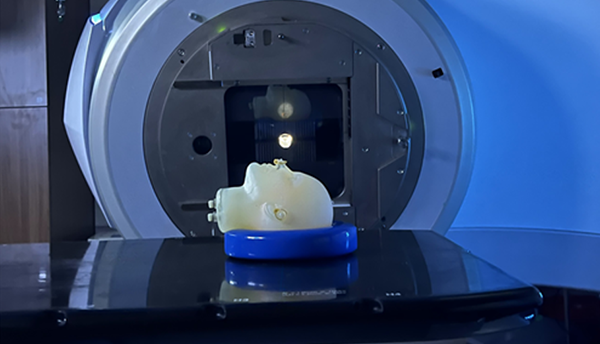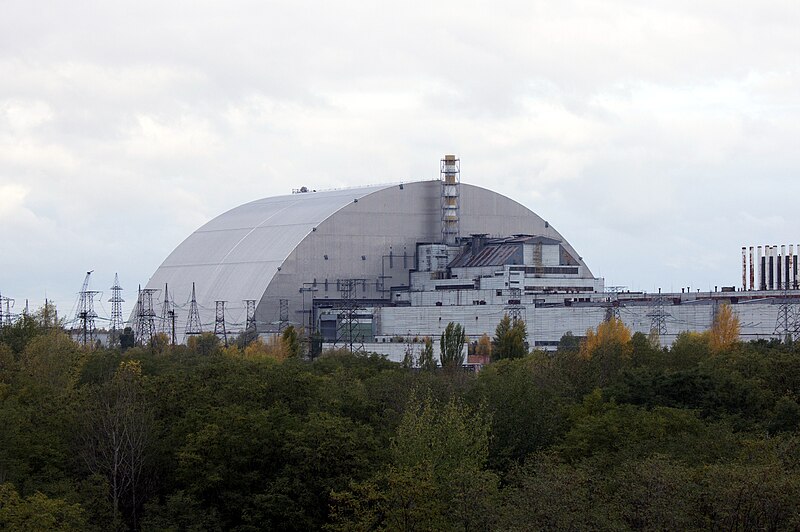Nuclear worker data examined in new low-dose radiation health effects study
A group of researchers analyzed recent updates to the International Nuclear Workers Study (INWORKS) and published their findings—“Cancer mortality after low dose exposure to ionising radiation in workers in France, the United Kingdom, and the United States (INWORKS): cohort study”—in the journal BMJ on August 16. The multinational research team, led by David B. Richardson of the University of California–Irvine, reports “evidence of an increase in the excess relative rate of solid cancer mortality with increasing cumulative exposure to ionizing radiation at the low dose rates typically encountered by French, U.K., and U.S. nuclear workers [and] evidence in support of a linear association between protracted low dose external exposure to ionizing radiation and solid cancer mortality.”







